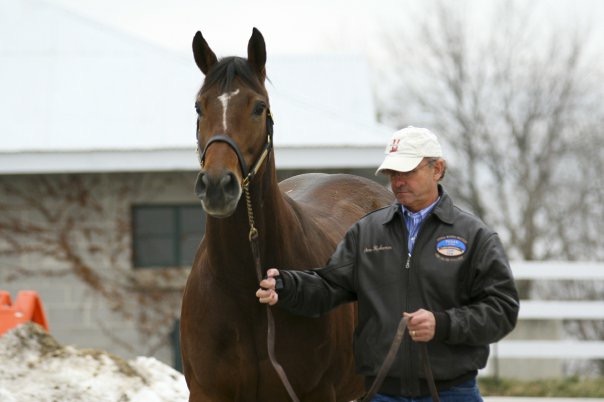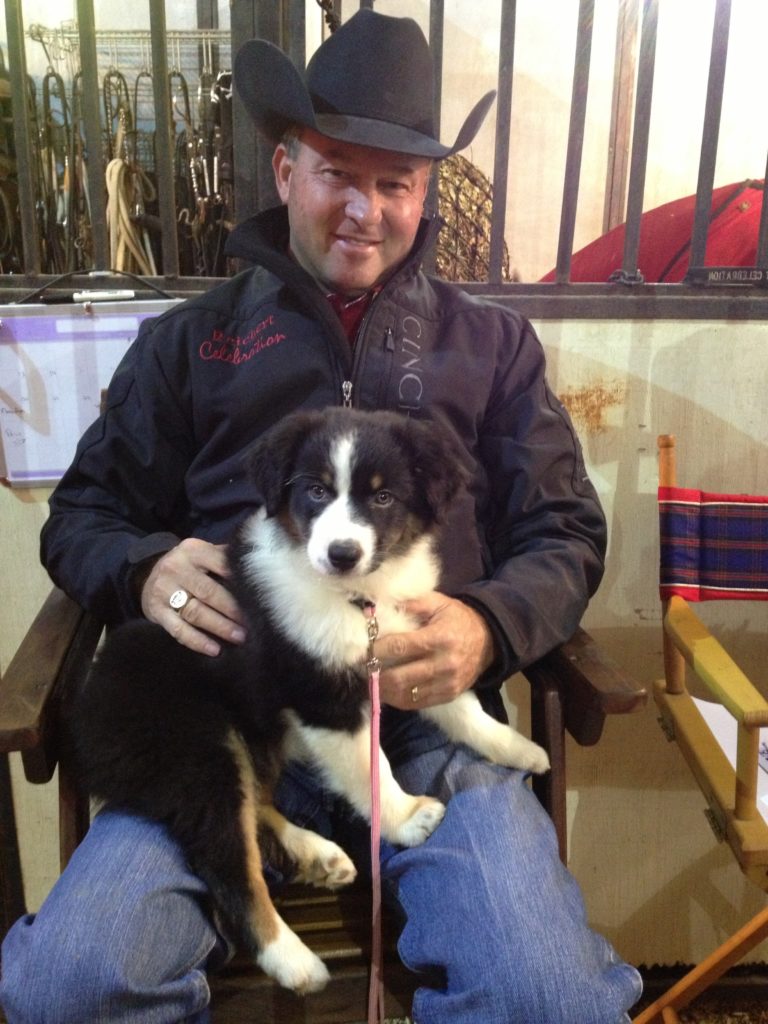 As our world keeps spinning, changes keep coming. The horse business is not exempt from these changes and, like many businesses, is in fact directly impacted by them.
As our world keeps spinning, changes keep coming. The horse business is not exempt from these changes and, like many businesses, is in fact directly impacted by them.
Therefore to survive in the business for any length of time, it is imperative that trainers are aware of these changes and are able to adjust to them.
In our “Ring Leaders” series we have asked eight trainers, with over 250 combined years in the business, over $2 million in National Snaffle Bit Association earnings and too many World and Congress Championships to count, to offer advice on everything from the physical and mental toll horse training can have to how to keep customers happy and how to secure a sound financial future.
In the fifth and final section of our series, five of our experts share the changes they have seen in the industry and how they have been able to constantly reinvent themselves as they have gotten older, in order to maintain a successful operation.
After decades of operating a successful Quarter Horse training program, Steve Heckaman of Aubrey, Texas has recently made a major adjustment in his business by deciding to get involved with Thoroughbreds.
“The Quarter Horse business has been great to me. I can’t say enough good things,” he says. “As times have changed, I see the Quarter Horse industry now as more of a hobby business.”
Heckaman says the struggling economy over the past 10 years has directly impacted the futurity business and he has since seen a shift to more people having a show horse for fun rather than an investment. As a result, he thinks more people are staying with the same horses for years on end therefore decreasing the number of sales and young horses in training.
“There was a time I would have 20-plus 2-year-olds in training but we lost some of these investors because of the economy and decrease in futurities,” he says. “Although it has changed to more of a hobby for people, the Thoroughbred horses are still an investment for people and the industry has a good business model.”

Steve Heckaman
Heckaman suggests watching for changes in the world and how they affect the business so that as a trainer you are always looking for the best way to make a living.
“My advice is to get an education and always have a Plan B,” he says. “You need to be able to change on a short notice so always have a backup plan.”
Carl Yamber of Roberta, Georgia, agrees as he is always looking to other avenues for additional revenue because, through his many years in the business, he has seen numerous ups and downs. He believes making a living as a horse trainer is harder than it used to be.
“I am always looking for new avenues to make money,” he says. ” I now take part in a hay and feed business as well.”
Yamber also suggests staying up with the times because he says the show horse industry is always changing. He now sees a shift in popularity to all-around events like Western Riding and Trail so he advises young trainers to learn how to handle all parts of the business and not depend on one event to support themselves.
“Watch for changes in the industry and always try to keep moving your business up,” he says. “Even if you don’t show at the bigger shows, you should at least go watch at these events and see what it takes at the higher level shows to continue improving.”
Jon Barry of Advance, Missouri has seen the same changes from the futurity events being popular to a demand for a more versatile horse.
He suggests learning as many events as you can.
“I have seen many changes over the years. There used to be a lot of futurity shows and now there are only a few, ” he says. “So I think the idea of horse trainers specializing in one event has changed.”
Barry also supplements his horse training business with judging horse shows and says he has been judging a lot more lately. He also serves on the American Quarter Horse Association Committee and is a past-president of the National Snaffle Bit Association.
“I don’t see enough young guys getting involved with AQHA and its affiliates,” he says. “It is important to remember that it is our association and I strongly encourage getting involved.”
Troy Compton of Purcell, Oklahoma has also seen a change to more all-around events and encourages young trainers to diversify themselves and “look outside the box” to other groups and AQHA affiliates to see what they are doing.

Bret Parrish
Compton stresses the importance of trying to take a little bit from everybody.
“I have found that people today want to ride their horses and do more events,” he says. “I think people are just more hands-on so I have diversified to different events.”
All in all, Compton says he tries to always stay ahead of the game and up the times especially with technology. In turn, he has been able to use the media to promote his business through articles in publications and through his Bluebonnet Feeds on Vimeo Web series that gives multiple horse training tips.
“I try to see the big picture and use the media to my benefit,” he says. “I am always looking to keep expanding.”
For Bret Parrish of Pavo, Georgia keeping up with the changes in technology through the years has been the hardest.
“We have to adapt with changes as the years go by. I still struggle with it,” he says. “Social media has created a different mind-set on how to market horses and your business.”
In addition to training horses, Bret says he and his wife, Candy have expanded their business to also raising foals and selling their own prospects.
“You have to always be open to new ideas, watch for changes and try to stay current,” he says. “I suggest seeking advice from people who have been there, done that. You should always keep a positive attitude and try to learn all you can.”



You must be logged in to post a comment Login